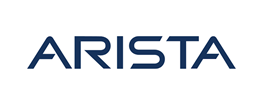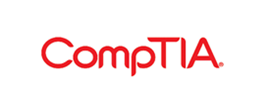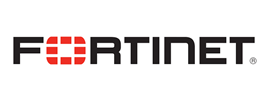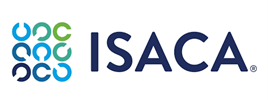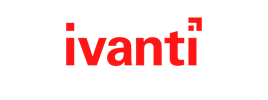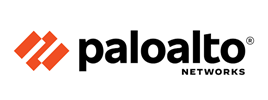- Course overview
- Course details
- Prerequisites
Course overview
About this course
Every high-functioning Agile team has a well-trained Product Owner making critical product decisions. A Certified Scrum Product Owner (CSPO) is one such certification that helps holders become successful product owners by training them on aspects of on-time delivery of high-value releases and maximizing the ROI. The globally recognized CSPO certification, therefore, is a career-defining credential for anybody willing to take up the challenging role of a Product Owner on a Scrum team in an organization.
Audience profile
- Project Managers
- Developers
- Product Owners
- Managers-Software development
- Architects-Software development
- Product Managers
- Software developers
- Software testers
- Team leads/Team members interested in learning Scrum
At course completion
You will be able to:
- Product Owner skills
- Lead Agile teams
- Facilitate communication
- Implement Scrum functionality
- Plan better
- Manage risks
- Improve ROI
- Faster delivery
- Scope of the Product Owner role
Course details
Module 1: Scrum Basics
- Understand the Scrum Flow, the core components of the Scrum framework, and the Scrum vocabulary
- Understand the principles/legs of empirical process control
- Understand the work culture Scrum creates
Module 2: Roles & Responsibilities
- Understand the scope of the Product Owner, ScrumMaster and the team role in detail
- Understand why there is no project manager and no agile product manager
Module 3: Product Vision
- Understand the importance of having the product vision as an overarching goal galvanizing the entire Scrum team
- Understand the desirable qualities of the vision and how it can be shaped
- Understand the importance of carrying out just enough prep work
- Understand the relationship between vision and product roadmap
Module 4: Estimating
- Understand the different estimation levels in Scrum
- Understand that the accuracy of an estimate is more important than the precision of the estimate
- Understand that estimates of size and duration can be done separately
- Understand the impact of pressuring team members to provide low estimates
- Understand the difference between estimating and committing
Module 5: Product Backlog
- Understand what the product backlog is, and what it is not
- Understand product backlog grooming
Module 6: Prioritizing
- Understand the importance and benefits of prioritizing the product backlog
- Understand the implications of saying everything is mandatory
- Understand who should have input into prioritization decisions
- Understand that proper prioritization of a product backlog is based on multiple factors
- Understand and know how to apply formal approaches to prioritizing (i.e. beyond just ‘gut feel’ or intuition)
- Understand how much latitude to give a team in adjusting the sequence of work
Module 7: Release Management
- Understand the goals and how-tos of release planning
- Understand that planning is adaptive, iterative and collaborative
- Understand why quality is frozen and the concept of technical debt
- Understand why software should be released early and frequently
- Understand and measure velocity
- Understand release burndown charts
- Understand how a release plan can help predict the future
Module 8: Sprints
- Understand the product owner’s role in Scrum meetings, and how the Product Owner and Team collaborate
- Understand why sprints are timeboxed and protected
- Understand the concept of sustainable pace
- Understand team commitment
Prerequisites
There are no prerequisites
Enquiry
Course : Certified Scrum Product Owner
Enquiry
request for : Certified Scrum Product Owner


